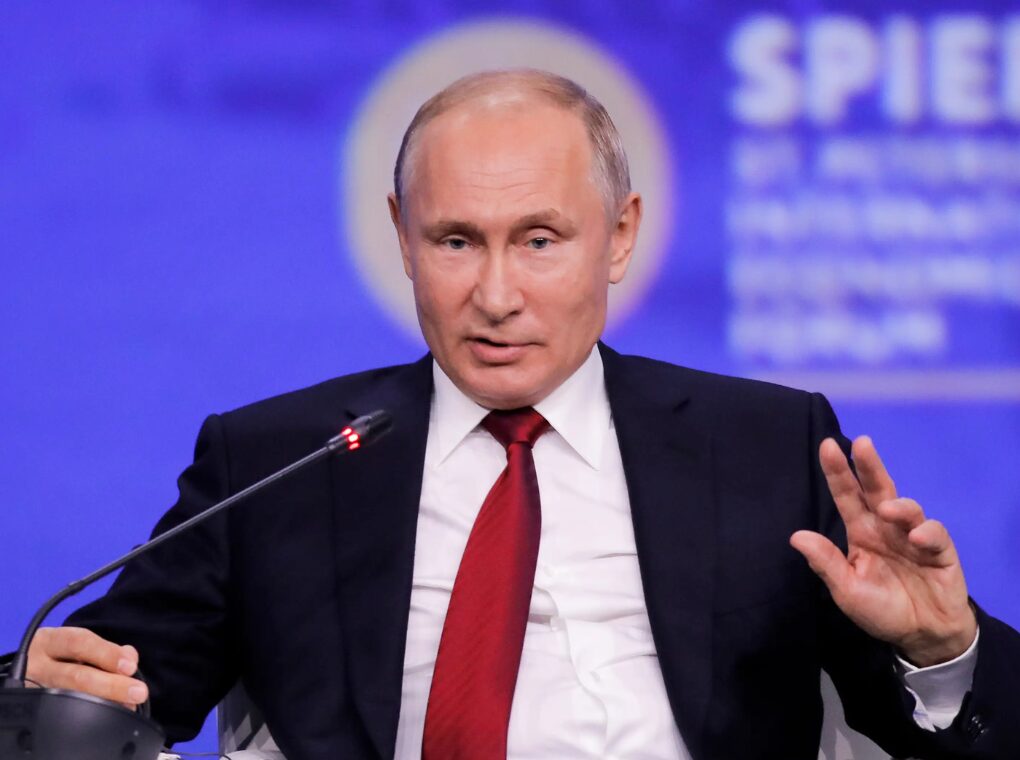As tensions between Russia and the West escalate beyond diplomatic repair, reports of leaked Russian military documents have sent shockwaves through global intelligence communities. The alleged plans — reportedly shared by a senior Russian general — outline a chilling blueprint of how Moscow might initiate a large-scale conflict if diplomatic and economic pressure on the Kremlin continues.
While the authenticity of these documents remains unverified, the strategic targets and tone of the leak paint a sobering picture of how a potential World War III might unfold.
A Global Powder Keg
Since Russia’s full-scale invasion of Ukraine in February 2022, the conflict has reshaped the global balance of power. The United States and its NATO allies have poured military and financial aid into Kyiv, while Russia has deepened its partnerships with China, North Korea, and Iran.
Now, as Western sanctions bite harder and Moscow faces increasing isolation, speculation grows that the Kremlin could escalate militarily — not just in Ukraine, but across Europe.
The leaked briefing reportedly details “first-strike contingency plans” designed to cripple NATO’s ability to respond within hours of an attack. These plans outline preemptive missile strikes, cyber operations, and targeted disruptions of communication networks — all meant to paralyze Western command and control before conventional forces move in.
Cities in the Crosshairs
According to the leak, Russia’s top targets in the event of an all-out conflict would be those critical to NATO logistics, command centers, and U.S. military presence in Europe.
Among the priority strike zones listed were:
Warsaw, Poland — seen as NATO’s main supply hub for arms entering Ukraine.
Rammstein Air Base, Germany — a central command post for U.S. and NATO operations in Europe.
Brussels, Belgium — the political heart of the European Union and NATO headquarters.
London, United Kingdom — a key intelligence and diplomatic power, and one of Ukraine’s most vocal supporters.
Vilnius, Lithuania, and Riga, Latvia — Baltic states where NATO forward deployments are stationed close to Russian borders.
While these targets are not surprising, the detail in the leaked outline — including satellite-based “rapid decapitation” strikes on communication networks and military infrastructure — reflects Moscow’s intent to neutralize Western command within the first 48 hours of engagement.
Nuclear Shadows and Strategic Messaging
Perhaps most alarming are the references to “limited tactical nuclear options.” According to the report, the general described “strategic shock deterrence” scenarios — suggesting Russia could use low-yield nuclear weapons in Eastern Europe to force NATO to the negotiating table.
Analysts suggest that these leaks may not reflect actual operational plans but rather serve as psychological warfare, aimed at intimidating NATO and testing Western resolve. Russian state media has amplified narratives that portray the West as aggressors pushing Moscow into a defensive stance — a claim that mirrors past Kremlin information strategies.
Still, the timing of this leak is telling. With the war in Ukraine locked in stalemate and Western aid to Kyiv slowing amid political fatigue, Moscow may be signaling that it’s willing to expand the battlefield if pushed further.
Western Response and Growing Anxiety
NATO officials have declined to comment directly on the leaked report but reaffirmed the alliance’s “readiness to defend every inch” of its territory. Military analysts in Brussels and Washington, however, view the leak as a wake-up call.
The Pentagon has reportedly increased satellite surveillance and early-warning system checks across Europe, while Germany and Poland are fast-tracking new missile defense deployments. The EU, meanwhile, has urged restraint, warning that “information warfare is now as dangerous as kinetic conflict.”
Even neutral nations such as Sweden and Finland, which recently joined NATO, have upgraded their defense postures — reflecting just how volatile Europe’s security architecture has become.
A Future on Edge
Whether this leak represents a genuine Russian military plan or an elaborate psychological operation, one fact is clear: the margin of error between peace and a new world war is shrinking.
The geopolitical chessboard is once again in motion, with nuclear-armed powers testing each other’s red lines. As alliances harden and mistrust deepens, the question no longer seems to be if the next confrontation will happen — but where and when.
For now, the world watches — nervously — as Moscow’s rhetoric grows sharper, and whispers of global conflict move closer from the realm of speculation to stark possibility.
